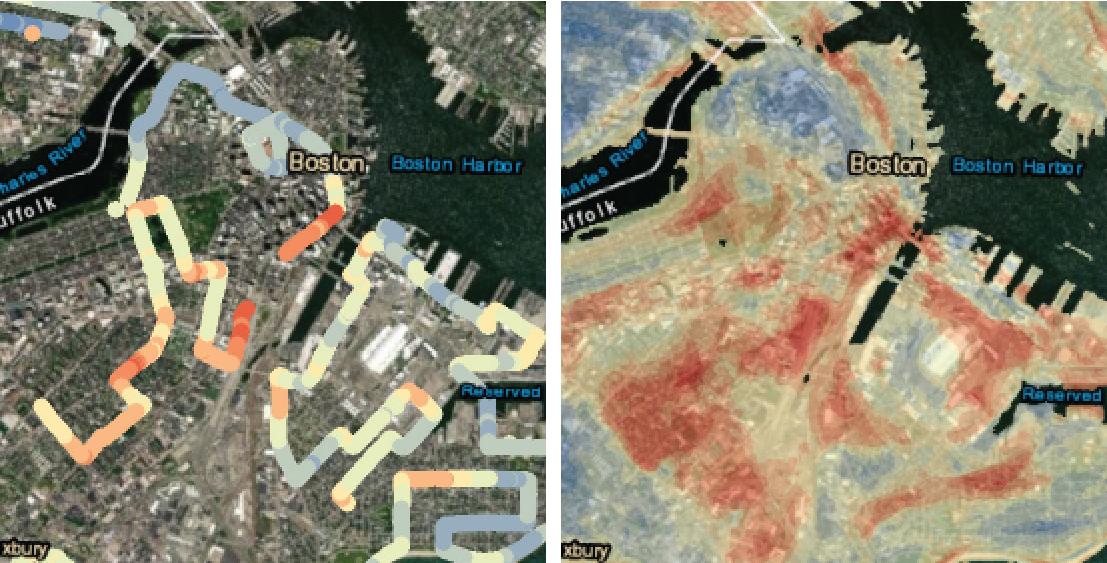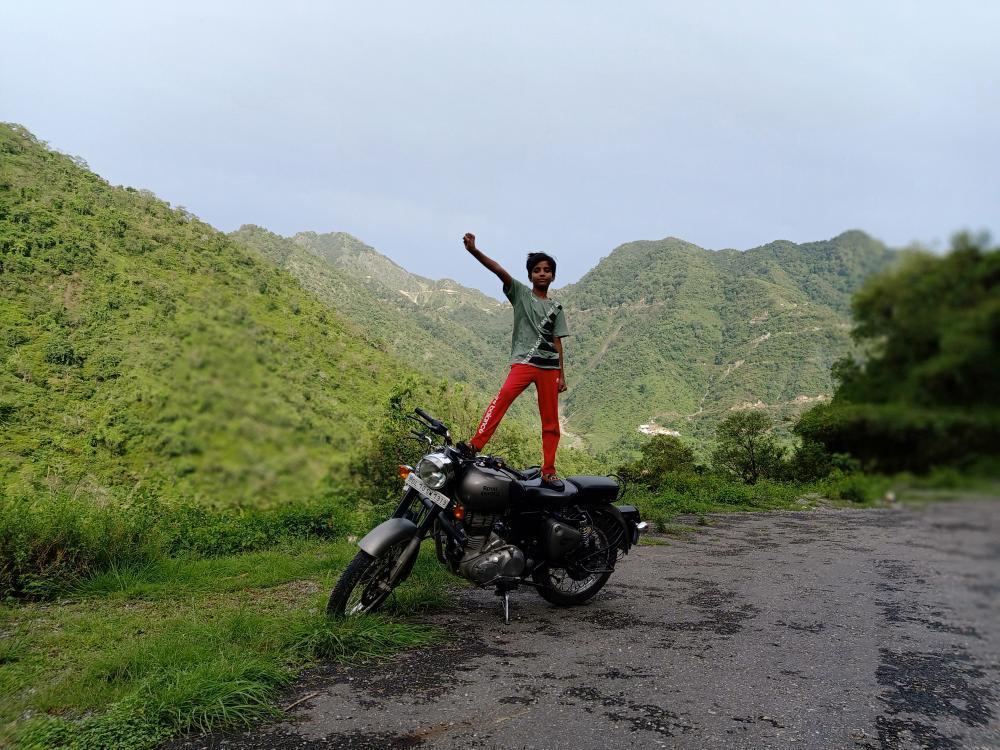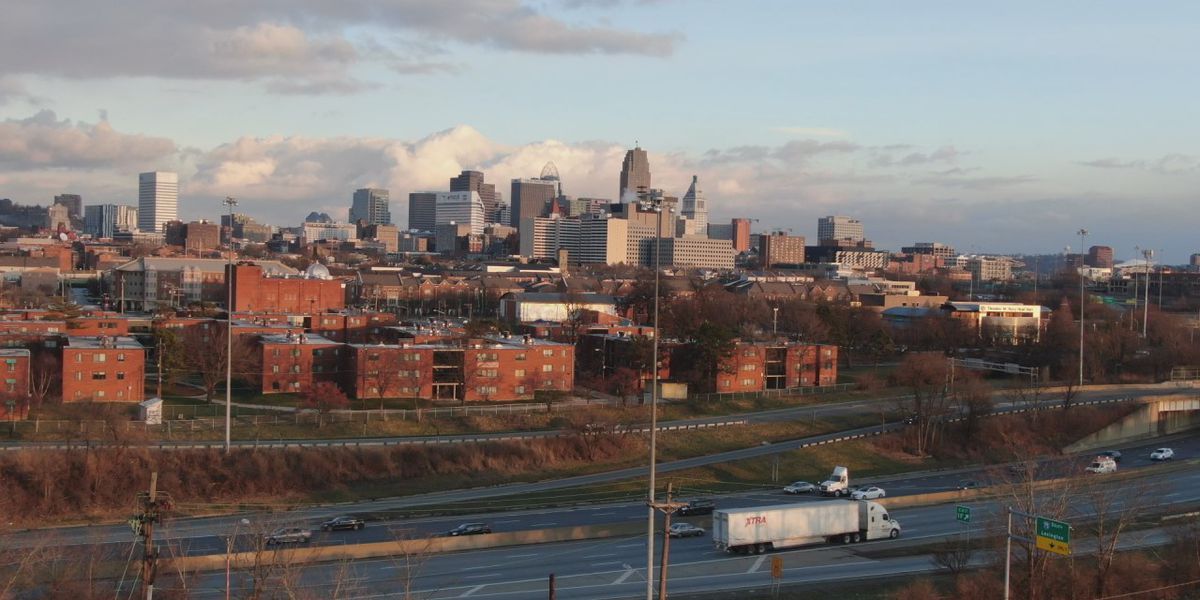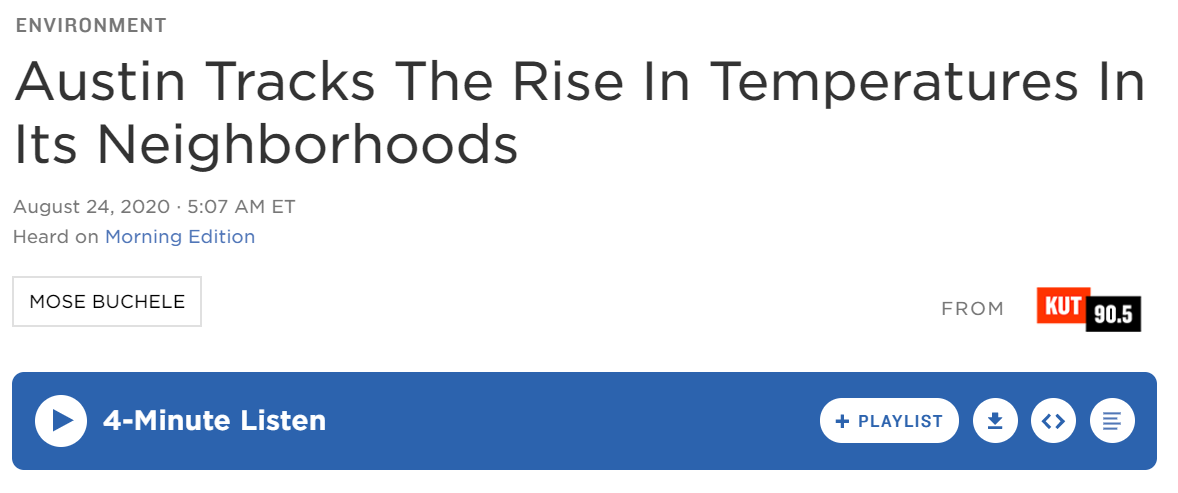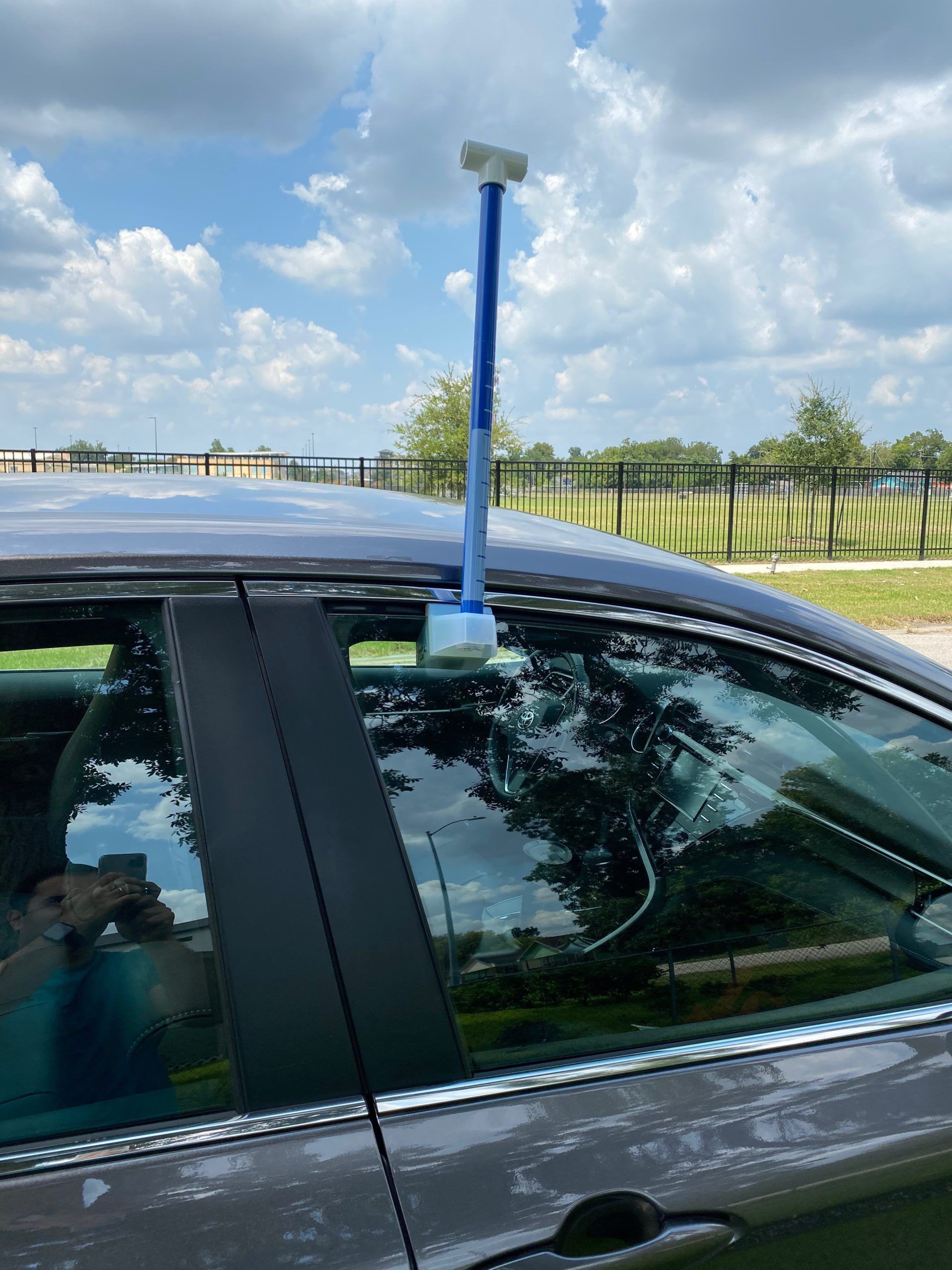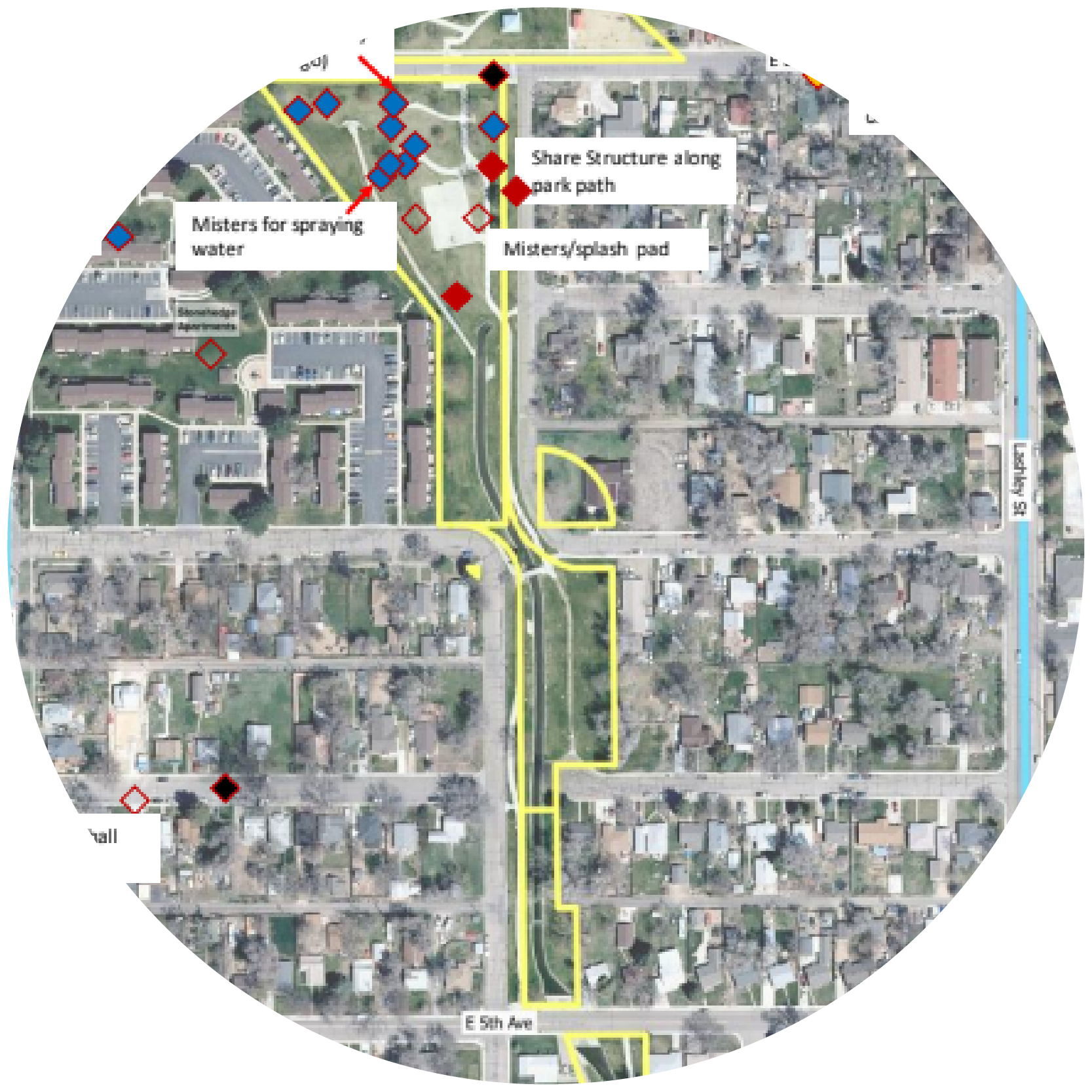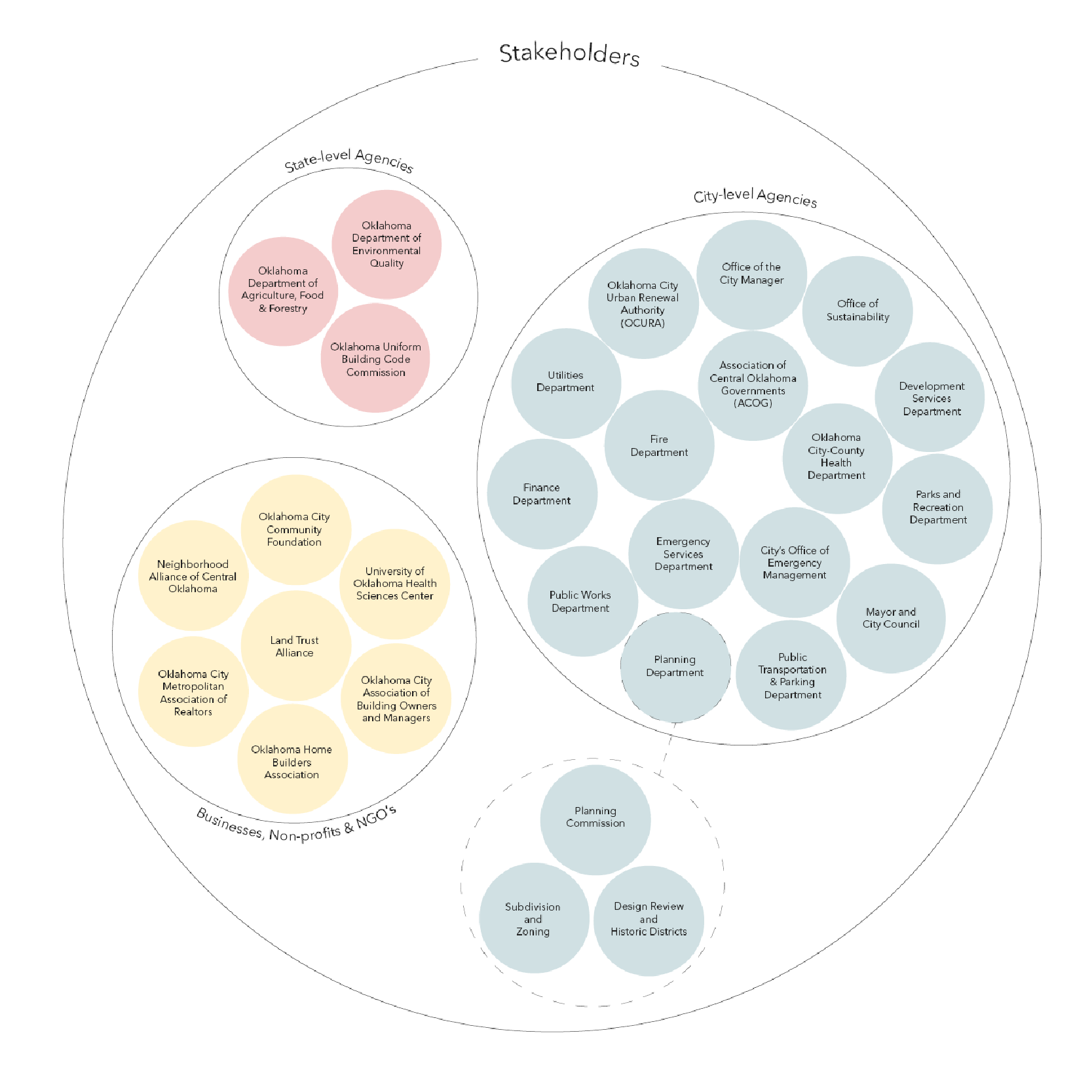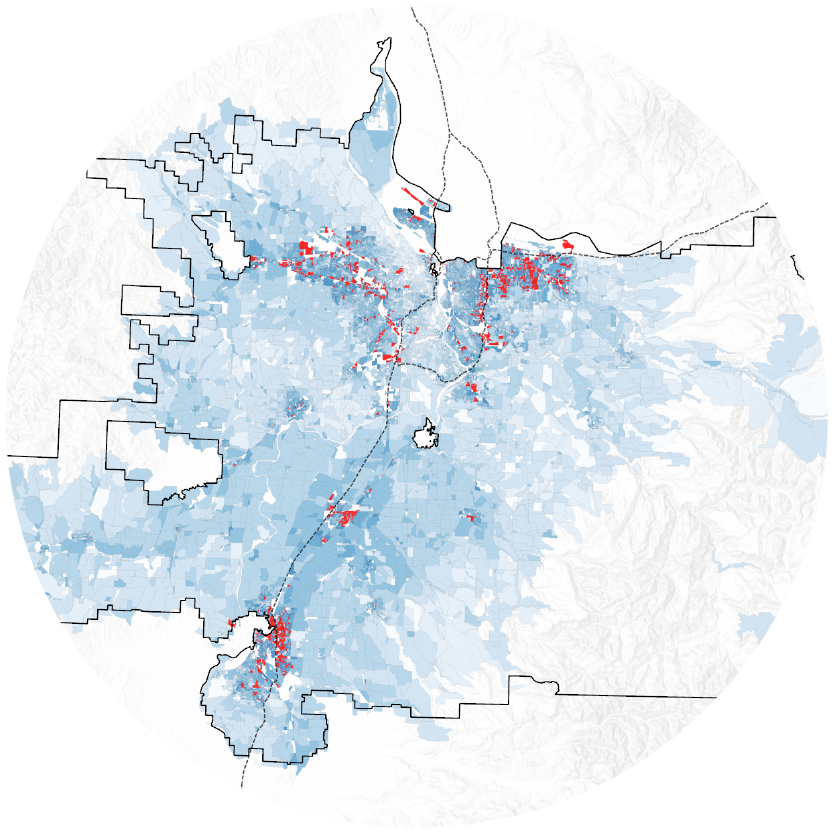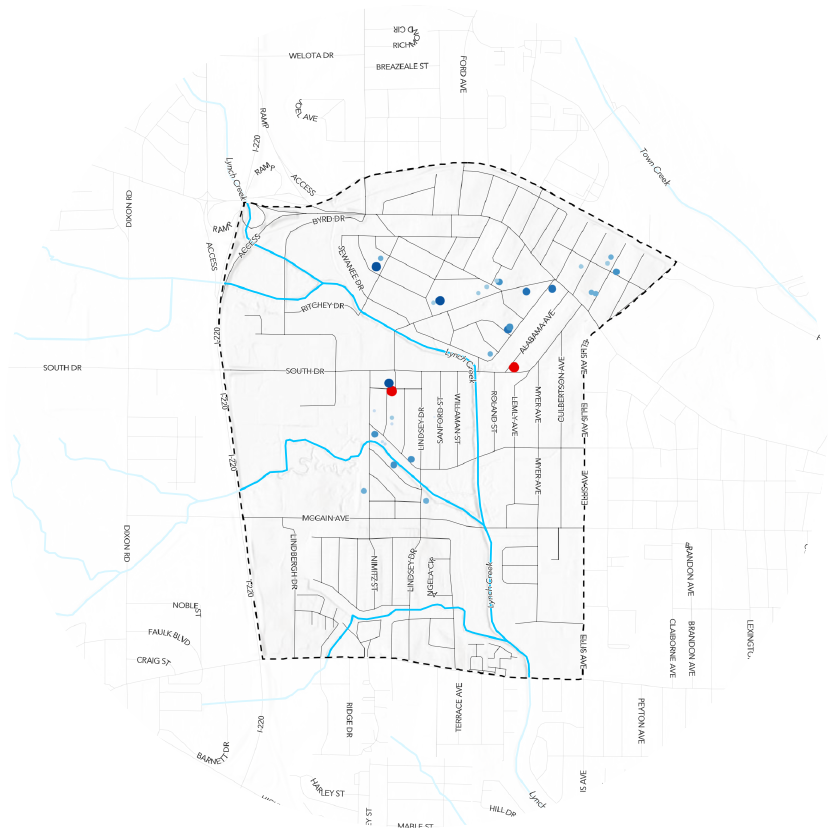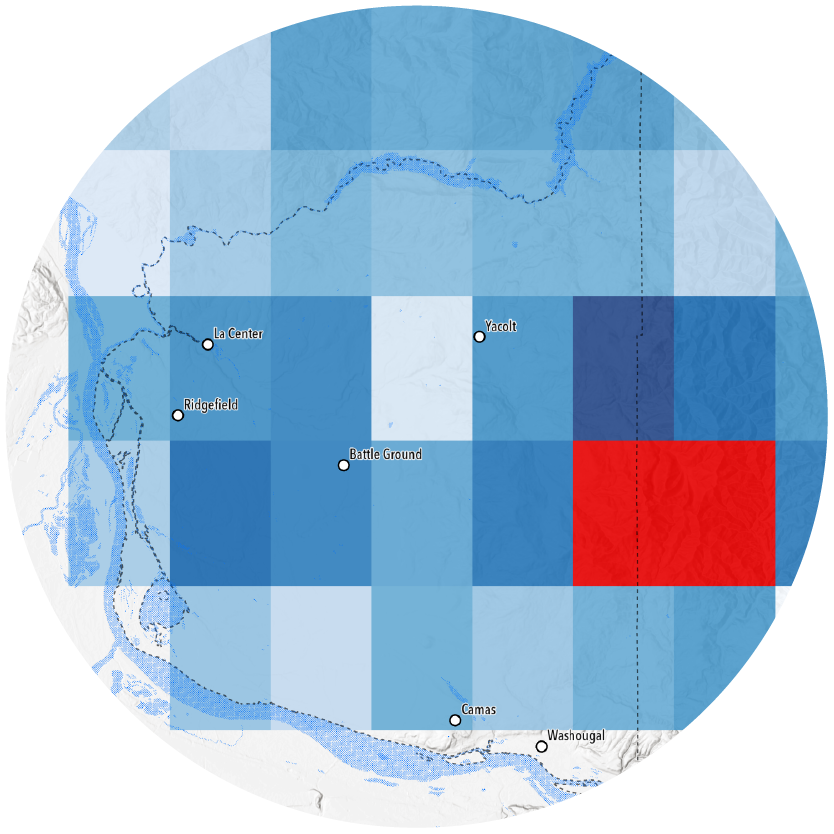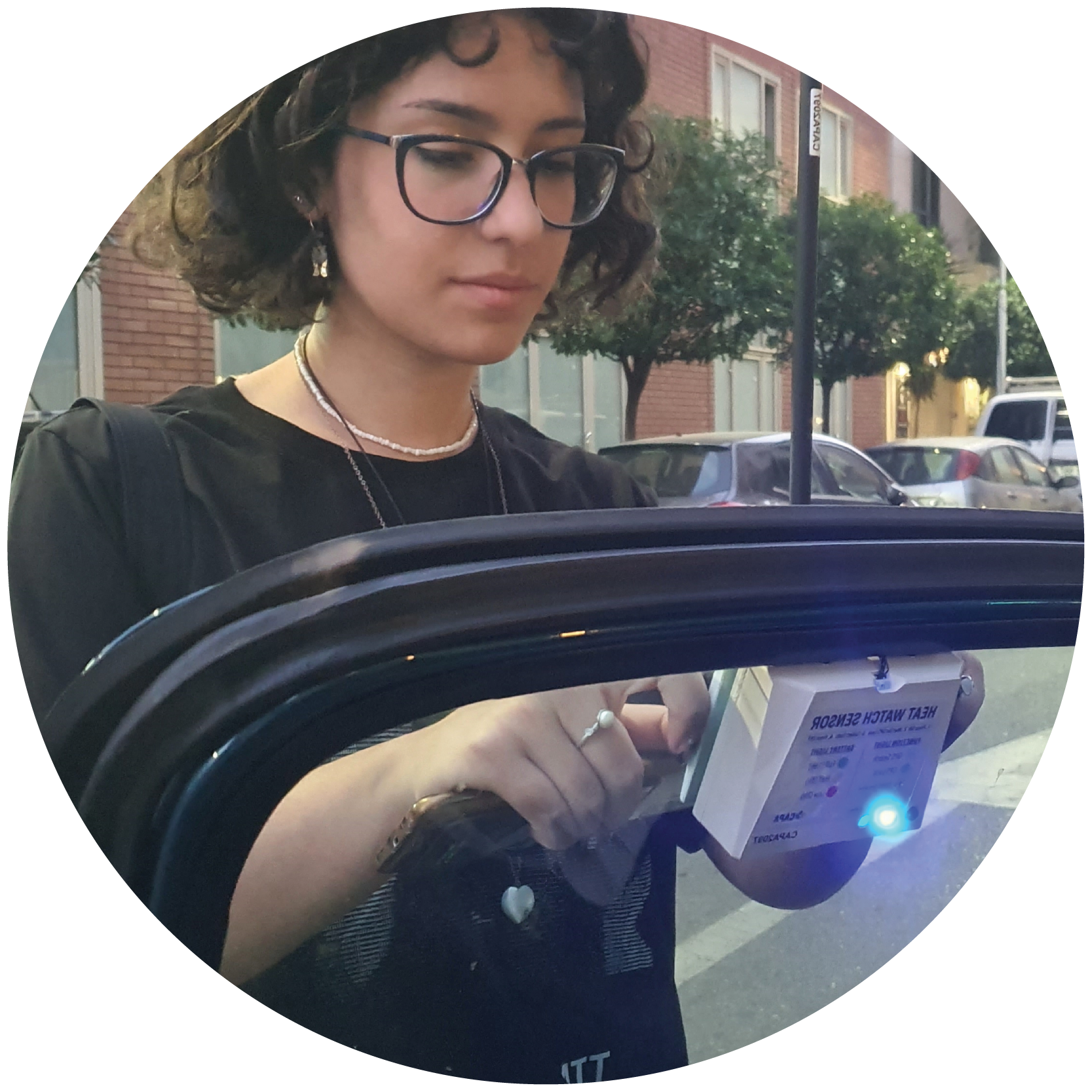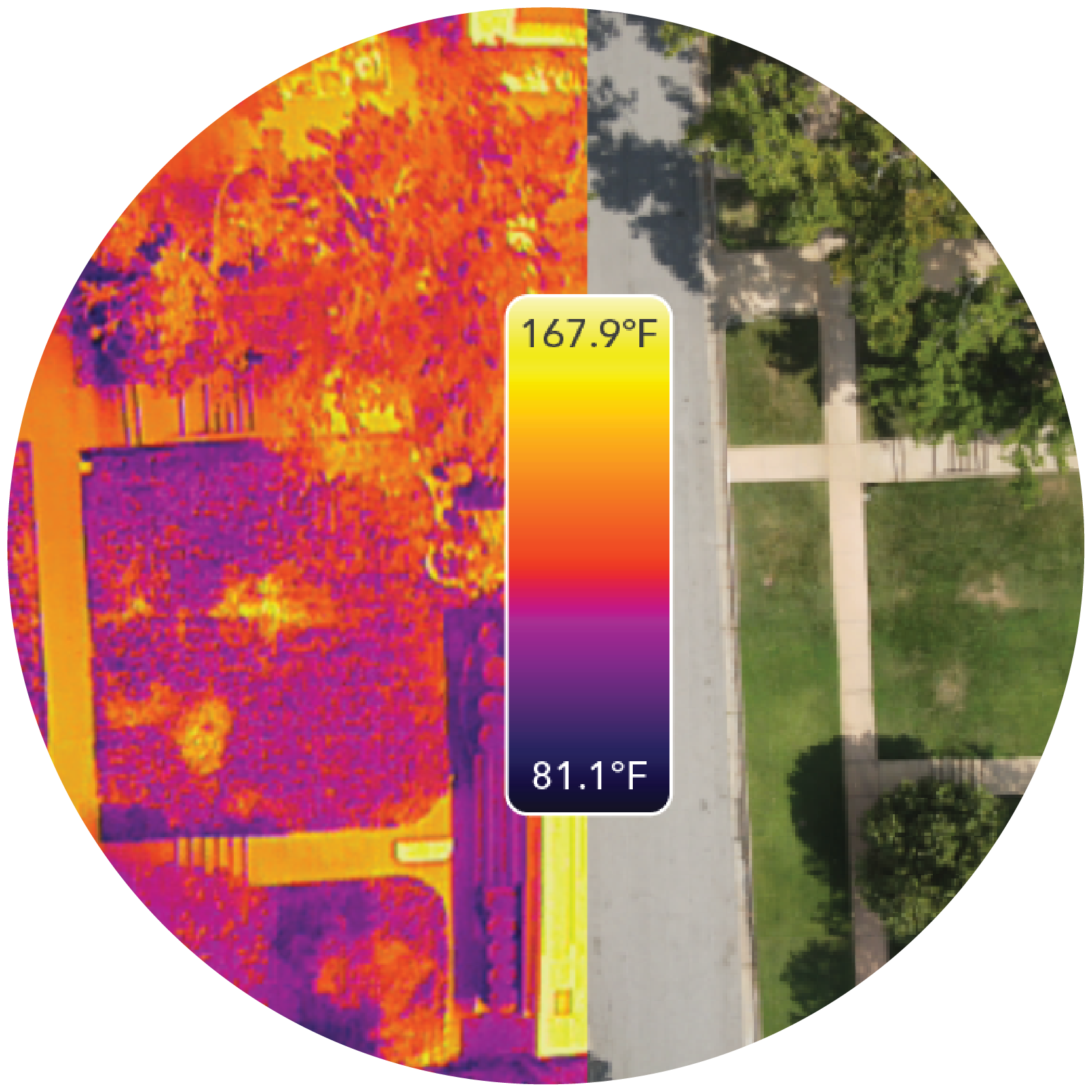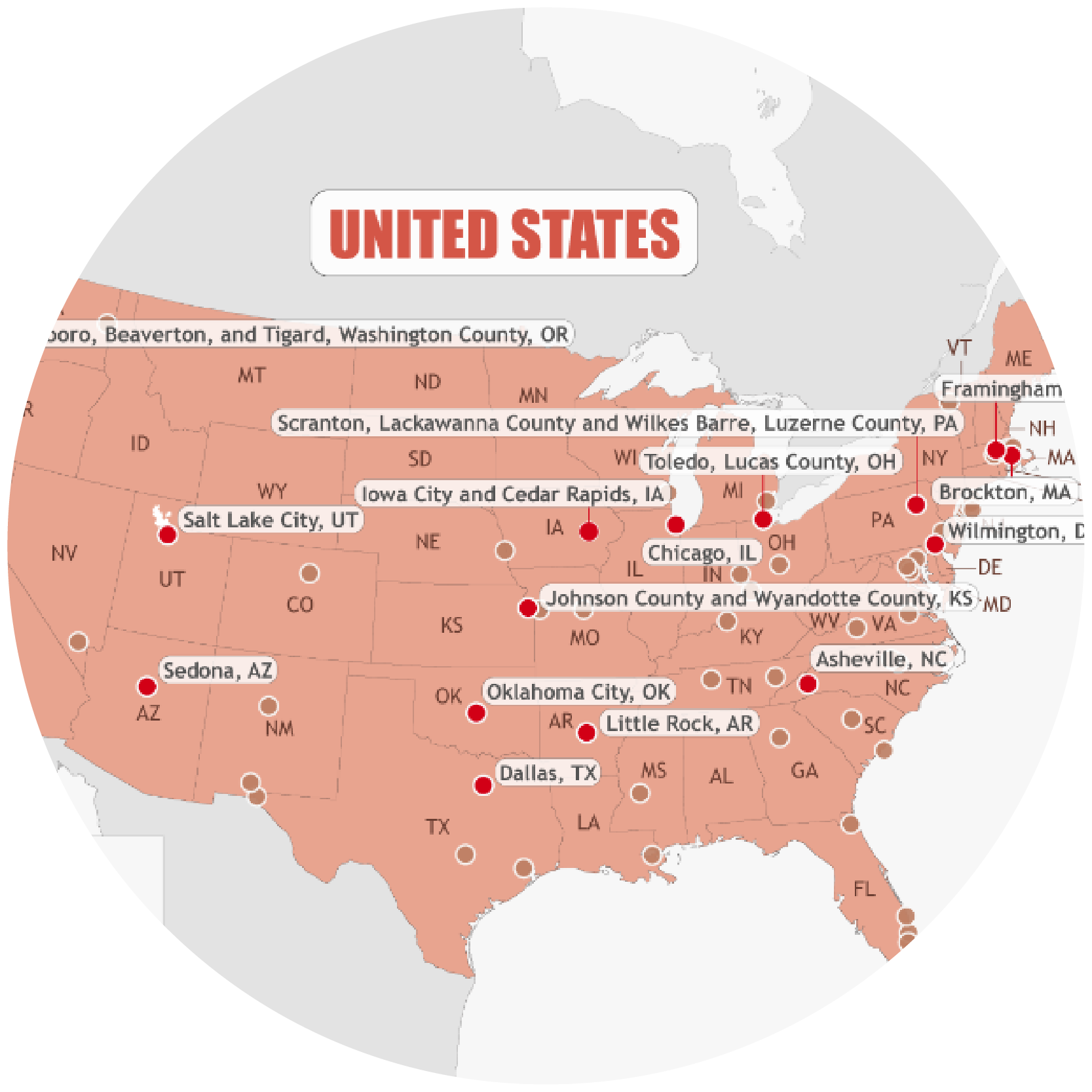Featured Recent Work
Longmont, Colorado
City of Longmont Community-Informed Cooling Solutions
CAPA worked with the City of Longmont Sustainability Office to develop a comprehensive community engagement strategy for high-priority, heat-vulnerable neighborhoods. The team created a heat experiences survey, a workshop agenda, and informational materials around which to frame community conversations about heat. Residents in three neighborhoods, engaged in a variety of settings, provided input on what cooling solutions they wanted to see and where solutions should be implemented.
Oklahoma City, OK
Heat & Air Quality Experiences Survey, Jurisdictional Scan, and Intervention Guidebook
Following Heat Watch and Air Watch campaigns, the City of OKC continued its partnership with CAPA to explore impacts and actions around heat and air pollution. A survey allowed for comparison of experiences between high and low heat vulnerability zip codes and revealed community needs, while a jurisdictional scan provided an overview of relevant plans, programs, and codes. The final intervention guidebook offers detailed options for heat mitigation and adaptation informed by best practices, local experiences, and regulations.
Portland, OR
Northwest Family Services (NWFS): Summer and Winter Resilience Surveys
CAPA partnered with NWFS, a non-profit serving low-income and primarily Latinx communities to research their clients’ experiences with extreme weather (heat and cold). CAPA designed two bilingual surveys to assess individuals’ perceptions, concerns, coping mechanisms, and needs during summer and winter seasons. This research resulted in a set of actionable recommendations for NWFS to follow as they continue to engage with and provide seasonal support to their clients.
Portland, OR
Extreme Heat and Energy Use
In 2023, CAPA worked with a regional utility to analyze energy usage patterns during the 2021 Heat Dome and beyond. CAPA produced a spatial index of heat vulnerability and analyzed hourly energy use by sociodemographic category to produce insights of variability between at-risk groups.
Jackson, MS
Jackson Microparks
In order to address frequent flooding in the West Jackson neighborhood of Mississippi, CAPA performed a hydrological and site suitability analysis to prioritize the most impactful sites for building green stormwater infrastructure. An interactive web tool enabled 2C Mississippi to explore the analysis results.
Clark County, WA
Clark County Climate Planning
Using downscaled climate projection data, CAPA programmatically analyzed and then visualized the local and regional impacts of community-prioritized hazards in partnership with multiple jurisdictions in Clark County.
Tirana, Shkodra, & Vlora, Albania
Community Heat & Air Quality Mapping in Albania
CAPA conducted a multi-part hazard assessment on extreme heat and air quality in three cities across Albania (Tirana, Shkodra and Vlora) through the World Bank Group’s Global Facility for Disaster Reduction and Recovery (GFDRR). Teaming up with local researchers and university students, the teams collected mobile temperature and heat index data as well as particulate matter measurements across three hot campaign days over the summer of 2023. The data collection teams also visited several key places of interest across each using FLIR thermal imagery cameras and surveys to gather site-level impressions of heat, shade, and potential intervention activities. A StoryMap describing the effort and results is available here.
Oklahoma City, OK
Heat Watch Oklahoma City
As part of the 2023 CAPA/NIHHIS Urban Heat Island mapping campaign, the City of Oklahoma City conducted a heat and air quality monitoring campaign that engaged over 100 community volunteers as data collectors. The results indicated a nearly 15°F simultaneous disparity between warmest and coolest areas across the City. As part of the air quality activities, local partners installed AirBeam particulate matter sensors for a three-week period at fire department stations spread across the City as well as at local Department of Environmental Quality regulatory stations. CAPA’s analysis determined several areas that saw elevated and sustained levels of air pollution that are considered unhealthy for certain groups of people. The heat and air quality reports are available here; The project also entailed several policy analyses (more information and results soon available here)
Various Locations
2023 CAPA/NIHHIS Urban Heat Island Mapping Campaign
In its sixth year of an ongoing public/private partnership with the National Oceanic and Atmospheric Administration’s National Integrated Heat Health Information System (NOAA-NIHHIS), CAPA supported the implementation of its Heat Watch program across 16 domestic communities and one international city (Santiago, Chile) over the summer of 2023. In total, nearly 1,000 campaign volunteers collected 1.5 million unique measurements of temperature and relative humidity across over 2,000 square miles of study area. In 2024, the partnership continues for its seventh year of implementation. Learn more about the CAPA Heat Watch program here and NIHHIS here.
